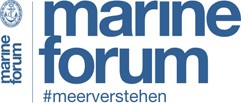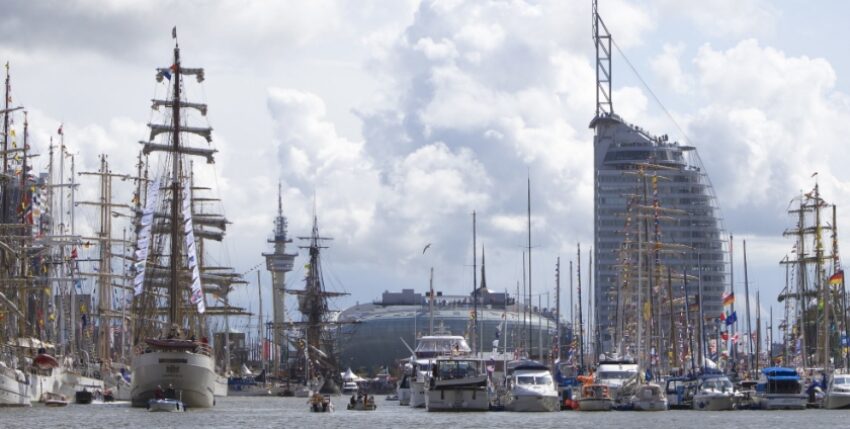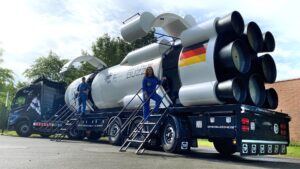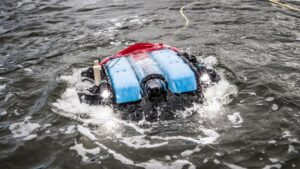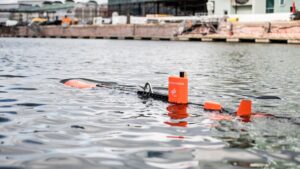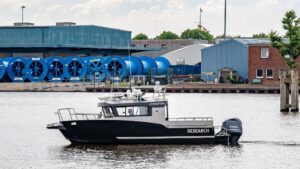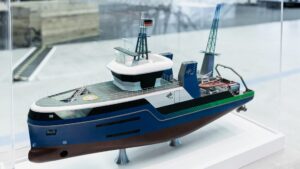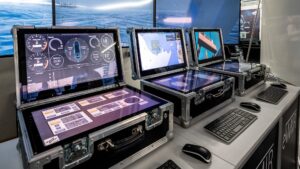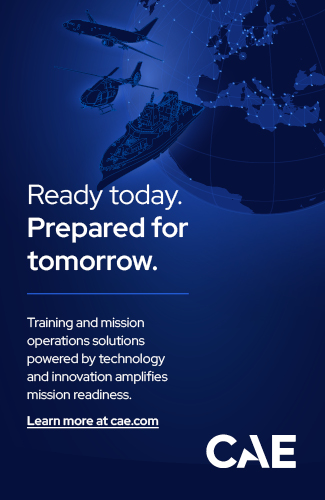The SAiL will take place in Bremerhaven from 13 to 17 August 2025. The international meeting of windjammers is one of the largest maritime events in the world. Ships from over 16 nations take part.
The German Aerospace Centre (DLR) will be presenting its maritime research topics on the Science Mile in the fishing port. It also invites visitors to take part in a variety of hands-on activities.
Hands-on activities for visitors
A variety of activities at the DLR stands offer young and old interested parties the opportunity to experience maritime research at DLR in a playful way. Not only can they steer a boat through a wind farm themselves and secure it against saboteurs, visitors can also slip into the role of security personnel and detect smuggled freight in sea containers using cosmic radiation. In an experiment on the hydrogen process chain, visitors follow the path of hydrogen on a small scale, from electrolysis to transport by ship and pipeline to the launch of a paper rocket.
Virtual space flight in the SPACEBUZZ ONE
One of the highlights is a 15-minute virtual space flight with the SPACEBUZZ ONE. In the rocket-shaped SPACEBUZZ ONE from the German Space Agency at DLR, spectators take a seat on movable seats, put on VR goggles and experience an unforgettable virtual space flight into space. They leave our Earth for 15 minutes and orbit it and the International Space Station ISS. From the perspective of astronauts, they learn a lot about our home planet and man-made climate change before travelling on to the moon and finally landing back on Earth. The flight will be accompanied by avatars of the German ESA astronauts Alexander Gerst and Matthias Maurer. As an ESA reserve astronaut in the flesh, Dr Carmen Possnig will give a talk about her training as an astronaut at SPACEBUZZ ONE on the Science Mile on 14 August 2025.
Research vessel for climate-friendly drives
The DLR is currently pressing ahead with the construction of its planned research vessel. The ship is to serve as a floating laboratory for climate-friendly propulsion technologies. It was commissioned from Lloyd Werft Bremerhaven at the beginning of the year. The first steel plate will be cut at Flensburger Schiffbau Gesellschaft. The ship will be used to test and further develop various propulsion systems, for example based on hydrogen, ammonia, liquefied natural gas (LNG) and batteries. It will be 48 metres long and eleven metres wide. Once completed, the ship will have its home port in Kiel. Visitors can see a model of the research vessel on the Science Mile at the SAiL.
Underwater technology for maritime situational awareness
Against the backdrop of current world events, security research for maritime infrastructures is more important than ever. In the MARLIN (Maritime Awareness Realtime Instrumentation Network) project, for example, DLR is working on a real-time situation picture for harbours. It is intended to help authorities and harbour operators to keep an eye on the situation at all times and to be able to intervene proactively in the event of an incident.
Satellites provide images of the world's oceans
DLR is working on the development of new algorithms that extract up-to-date information on the state of the oceans from radar images from various satellites. The satellite data is received several times a day at the DLR ground station in Neustrelitz. The algorithms developed calculate information on wind, swell, sea ice cover and icebergs from the satellite data within a few minutes and are displayed digitally on a table for visitors to the SAiL.
Maritime test field combines real boat and simulation
The eMIR (e-Maritime Integrated Reference Platform) test field is helping to make the shipping of tomorrow safer and more efficient. The sea area from Brunsbüttel via Cuxhaven and Wilhelmshaven, Helgoland to Emden has been equipped with technology for eMir. The test area offers commercial companies, authorities and research institutes the opportunity to research and develop assistance systems and concepts for autonomous ships. One example of this is the AMISIA project (Advanced Port Maintenance: Intelligent, Sustainable, Innovative and Automated Dredging). DLR has developed concepts for an autonomous dredger together with Niedersachsen Ports.
